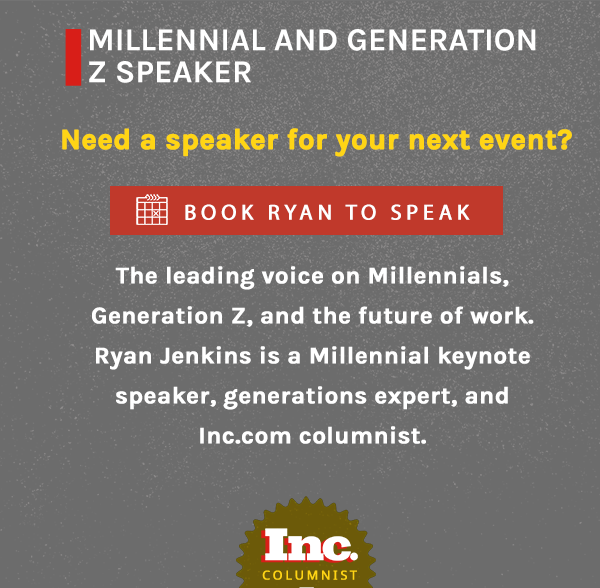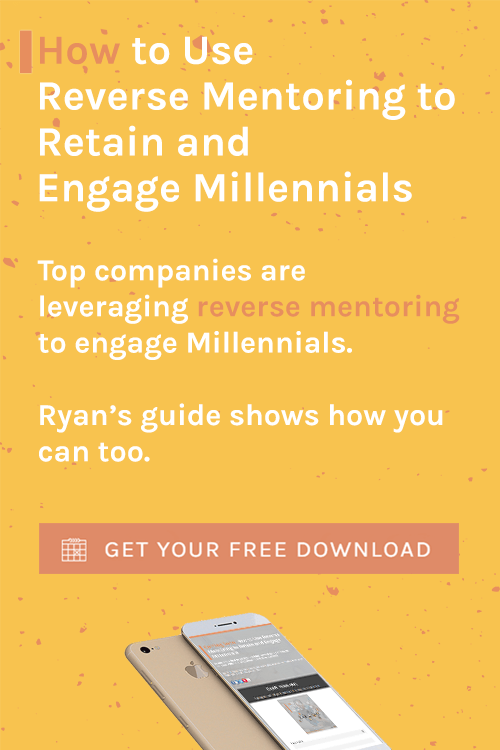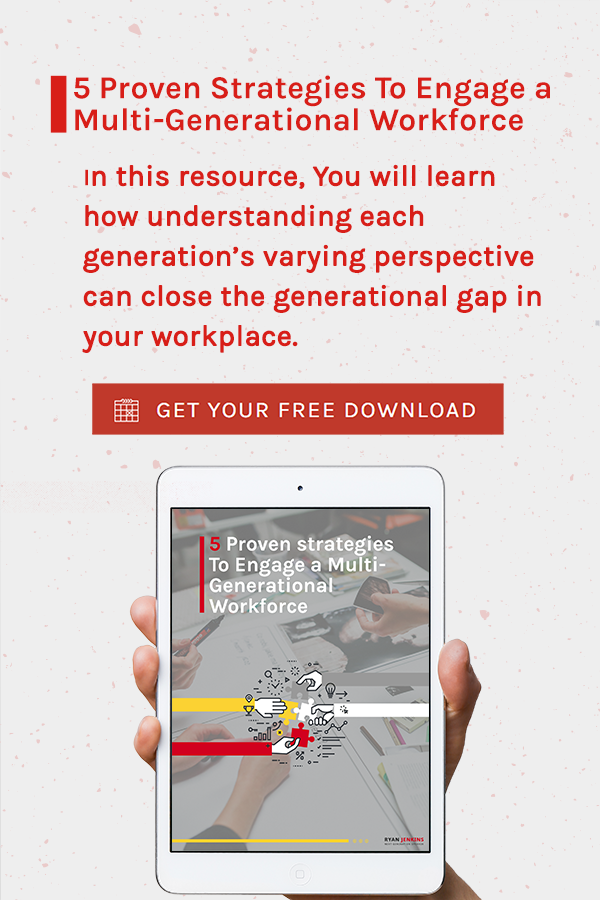The reason why loneliness can hurt so much.

Have you ever been kicked in the gut and then been expected to actively participate in a team meeting? Of course not—that kind of multitasking to be able to take a blow, fight through the pain, and keep enough wits about you is reserved for UFC fighters like Ronda Rousey, not the professionals on your team. However, participating through physical pain may be more familiar to lonely workers than you may think.
Naomi Eisenberger, associate professor of social psychology at UCLA and director of the Social and Affective Neuroscience Laboratory, conducted an experiment where participants were put through an experience where they were excluded from a group. Being excluded pushes people to the social perimeter, thus decreasing their sense of belonging and increasing feelings of loneliness. Researchers used an fMRI scanner to look at the participants’ brain activity upon experiencing the exclusion. They discovered that the part of the brain that was activated when being excluded was the same part of the brain that responds to physical pain.
“The brain processes emotional and physical pain in similar ways,” Eisenberger says. “Because being connected is so important to us as a species, researchers think the attachment system may have piggybacked onto the physical pain system over the course of our evolutionary history, borrowing the pain signal to highlight when we are socially disconnected.”
In our brains, the sensory fibers that register physical and emotional pain overlap. That means exclusion, disappointment, or loneliness are felt biologically the same as being physically hit. Exclusion, bereavement, or relationship troubles can be just as disruptive or distressing as physical ailments.
This means that not being heard, getting excluded from a meeting, being hung up on by a customer or getting passed up for an exciting project is biologically registered like a punch to the gut.
The same level of attention we would give to an employee with a bleeding appendage should be the same level of attention provided to those who display signs of disconnection, depression, apathy, or social distance. If individuals on your team are longing for more belonging, they are not able to show up wholly and perform fully. They are distracted at best and debilitated at worst.
This research sheds some light on why people typically describe social rejection using words that represent physical pain such as “hurt feelings” or “broken heart.” This is not unique to the English language but is common in many different cultures.
The close relationship between emotional and physical pain also explains why some people will turn to unhealthy substances like opioid painkillers or alcohol to cope with the pain of loneliness. In fact, Eisenberger studied the effects of the common physical painkiller Tylenol (acetaminophen) on reducing the pain of social rejection. The study revealed that Tylenol does reduce social pain. The participants given the over-the-counter pain medication showed a decrease in pain-related brain activity when experiencing exclusion.
Loneliness is lethal, connection is vital. Social connection is paramount in the recovery and healing process of addiction as well as the effectiveness and performance of a team. Eisenberger’s research makes clear that our urge to connect is one of our most critical survival instincts. Much like our fight-or-flight instinct, we can’t turn our social instincts off at work or conveniently compartmentalize them in the “outside of work” bucket.
Belonging is such a strong survival instinct that it’s important to address it at work, because left unaddressed, our bodies will react (as if we were alone and lost in the wilderness surrounded by wolves). The hypervigilance that was embedded in our nervous system centuries ago to help us survive isolation will come roaring back, wreaking havoc on our ability to collaborate, innovate, and communicate among a team.
As a leader, teammate, contractor, collaborator, or fan of humanity, it is important we begin rescuing those who are suffering from loneliness. While it might seem strange to focus on lessening loneliness at work, work is the most fertile ground where more connection can spring forth. Human exposure abounds at work, there are many lifelines that can be cast, creating opportunities to move someone from isolated to all-in.
According to the research in my latest book, Connectable: How Leaders Can Move Teams From Isolated to All In, intentional and routine prosocial behaviors can reduce loneliness in oneself and others.
Whether you are currently in the market for more meaningful connections at work or know of someone who might need more connecting, incorporate the below best practices today.
- Avoid 100% Work Talk: Groups have a tendency to discuss information that they all have in common. Researchers call this the “common information effect.” Work talk keeps conversations shallow. Therefore, today, strive to go past the professional and use non-work topics as a window to a deeper and more meaningful conversation.
- Ask Someone to Lunch: Meals lower our guard and open us up to deep connection. When people choose to eat a meal together, their body receives signals to calm down because human biology knows we would have never eaten a meal with someone we thought was dangerous.
- Recommend Something to Someone: Enjoying a new book, restaurant, app, playlist of Netflix series? Recommend it to someone else today. This will signal your interest to the other person, greasing the wheels towards finding common ground and strengthening a connection.
- Ask for Help: Making someone feel needed or important is one of the quickest ways to lessen loneliness. Share a small decision or minor problem with someone to get their advice. Let them know why you value their insights. This act will help the person feel more connected.
With more than 70% of American workers feeling lonely on at least a monthly basis, there are likely several people you work with who could benefit from the best practices described above. Our teams are only as strong as their loneliest worker.
Want help creating a more connected workforce? Check out Ryan's latest Wall Street Journal Bestselling book: Connectable. Or click here to invite Ryan to speak at your next meeting or event.





